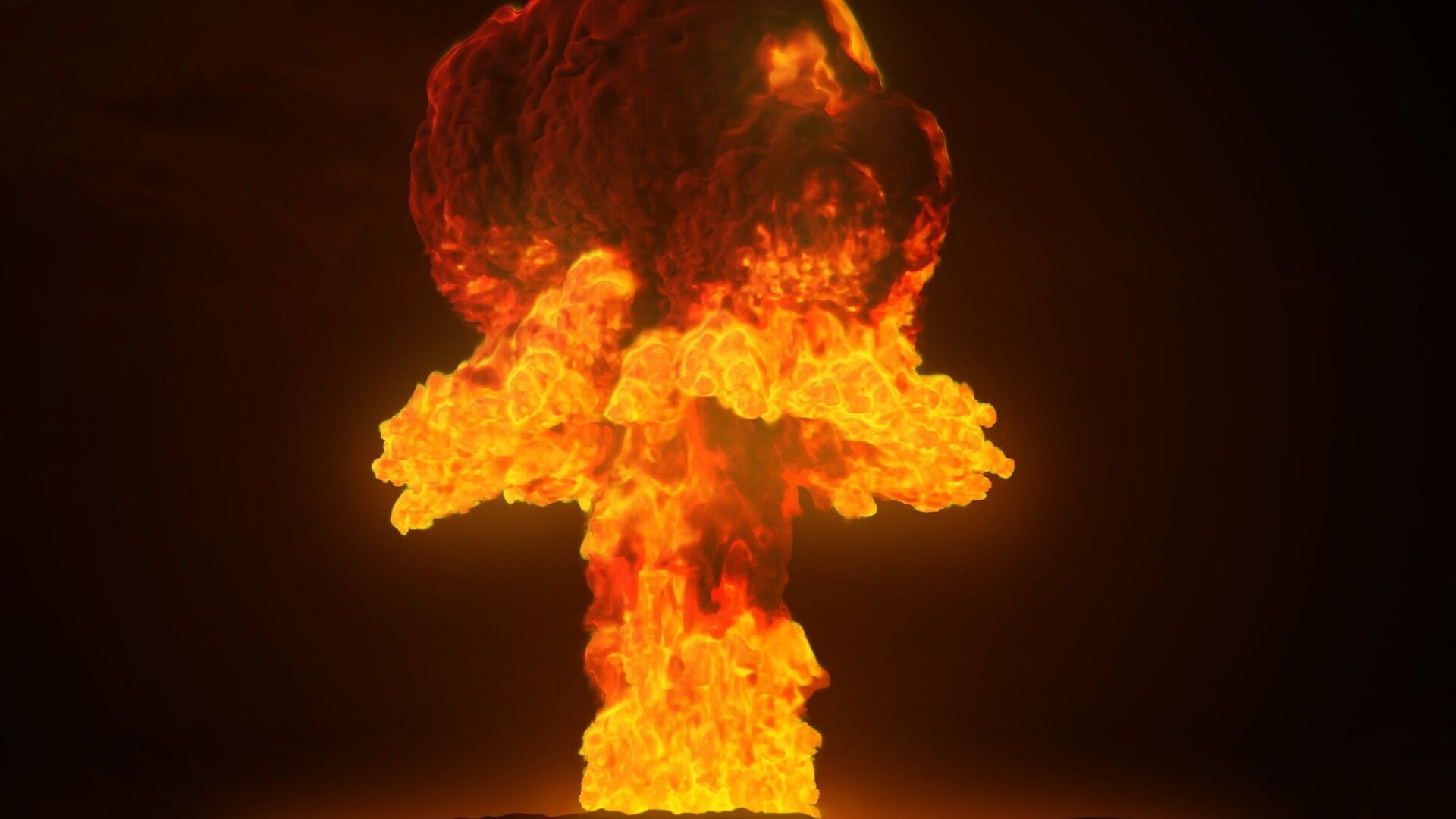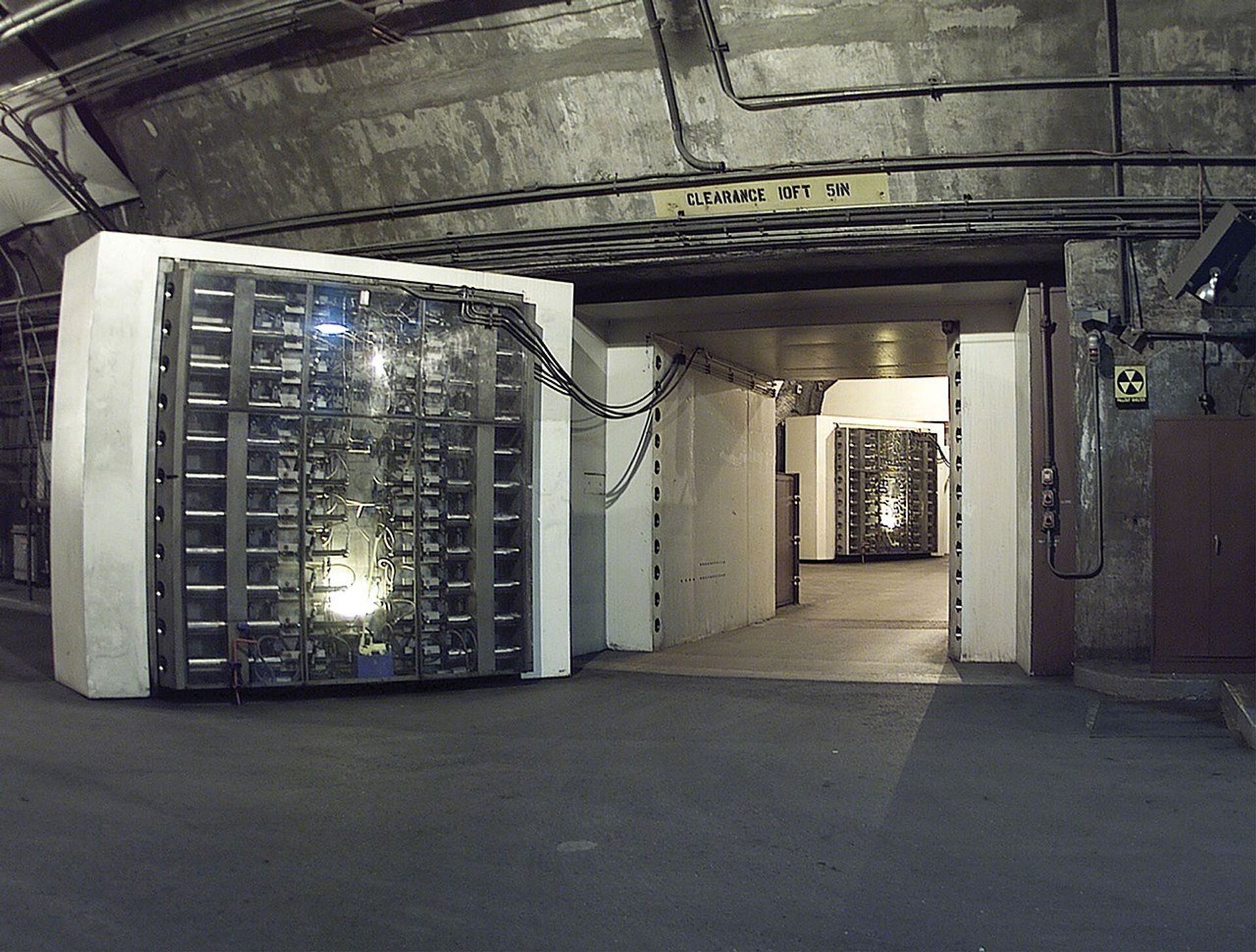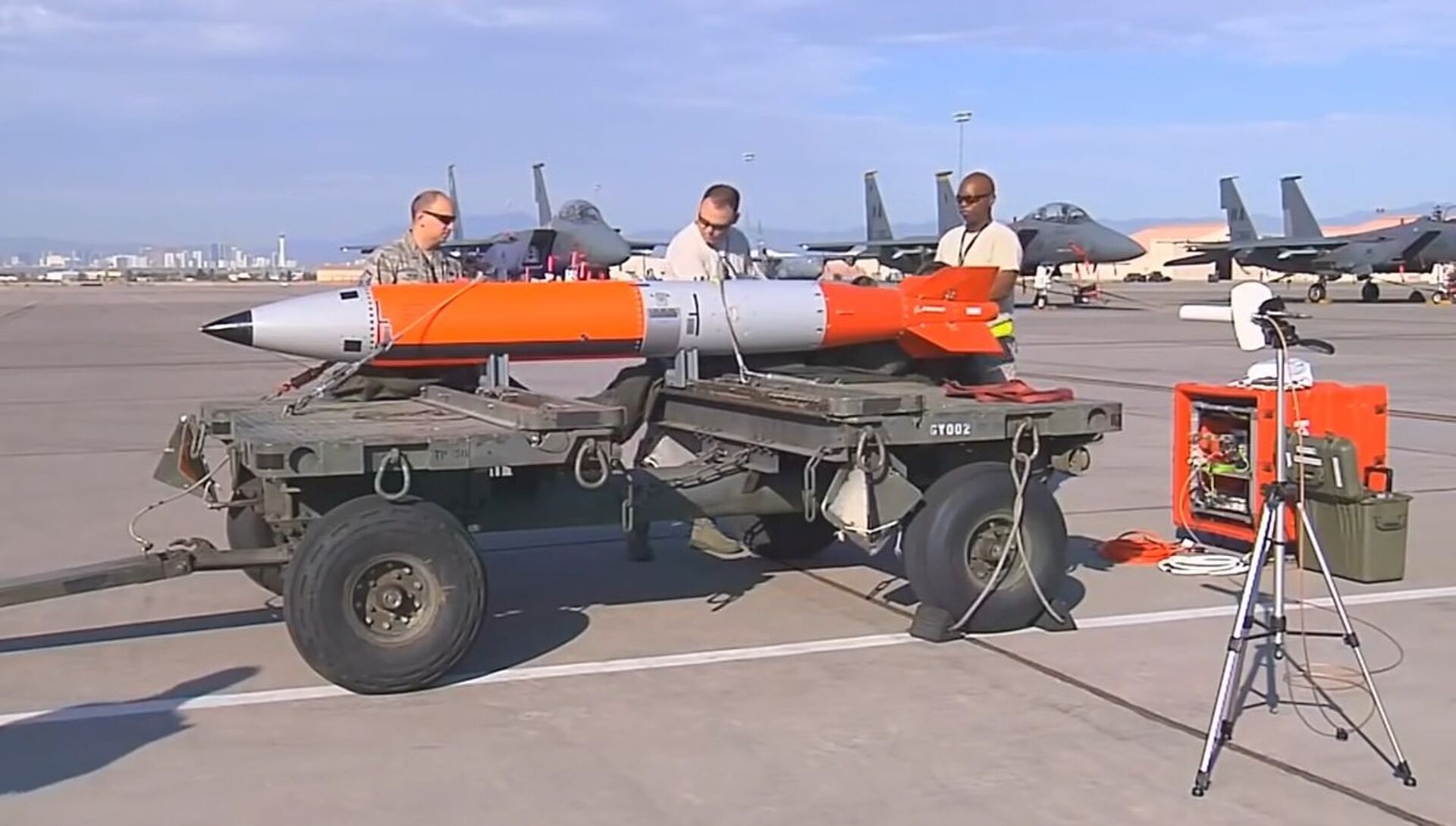Chinese Tests Explode Myth of Nuclear Bunker Buster-Proof Facilities

© Photo : Pixabay
Subscribe
Recent scale model tests by Chinese military scientists have called into question many of the assumptions about subterranean fortifications being immune from nuclear strikes, finding that rather than dissipate shockwaves, solid rock could amplify them.
A paper published in the peer-reviewed Chinese Journal of Rock Mechanics and Engineering last week revealed the startling find. Li Jie, lead project scientist with the Army Engineering University of the PLA in Nanjing and one of the authors of the report, wrote that experts had “severely underestimated the actual impact” of nuclear weapons.
According to their findings, a tactical nuclear warhead of low explosive yield would still be capable of triggering an earthquake sufficient to destroy heavily fortified sites a considerable distance from the impact site. The shockwaves didn’t diminish nearly as quickly as expected, retaining their energy over much longer distances, even becoming amplified. A tunnel buried two kilometers underground would be literally squeezed by the rocks around it until it buckled.
The Chinese scientists didn’t use real nuclear weapons, of course: they built a small-scale mock-up and fired a special bullet at the rock that would create an impact equivalent to a 200 kiloton nuclear bomb’s explosion. They found that a properly placed blast could amplify the bomb’s destructive power by 1,000 times.
Previously, it was assumed that both conventional and nuclear-tipped bunker busters had limited use beyond a certain depth, being able to reach a maximum depth of just 130 feet before exploding, with the shockwaves dissipating with increasing distance from the blast.
“In the face of nuclear ‘bunker busters,’ other nations can be expected to respond the way they did to guided bombs, by continuing to dig deeper until they are safe from nuclear attack as well,” the Federation of American Scientists (FAS) think tank wrote in a 2005 paper about nuclear bunker busters.

The 25-ton blast door in the Cheyenne Mountain nuclear bunker is the main entrance to another blast door (background) beyond which the side tunnel branches into access tunnels to the main chambers. NORAD, Cheyenne Mountain, Colorado
CC0 / /
“The digger will always win this competition for several reasons. First, the depth of destruction of a nuclear weapon goes up only as the third root of the yield. For example, to destroy ten times deeper requires a bomb a thousand times more powerful.”
Many nuclear powers have built such bunkers to house their command facilities in the event of a nuclear war, as have several other states that fear being the targets of such weapons. The US’ Cheyenne Mountain Complex, home to the North American Aerospace Defence Command (NORAD), is buried under 1,600 feet of granite in Colorado. Russia is rumored to have two such sites in the Urals, at Yamantau and Kosvinsky Kamen, although Moscow has never confirmed their existence. China’s Joint Battle Command Center is just west of Beijing but located in the world’s deepest karst caves. Iran and the Democratic People’s Republic of Korea (DPRK) have also built facilities deep inside mountains in an attempt to bomb-proof them.
However, the US Air Force moved its NORAD operations out of Cheyenne Mountain more than a decade ago, to a basement facility inside of nearby Peterson Air Force Base that offers inferior protection.
The FAS noted that if, by some strange twist of science, a weapon were invented that could neutralize deeply buried facilities, “potential target nations can develop other countermeasures, such as dispersing weapons widely or making them mobile; this increases the vulnerability to conventional attack, of course, so it may have some advantage.”

Nuclear Bomb B61 12
© Photo : Youtube/Phylicia Nordyke
Modern bunker buster bombs were inspired by the massive “earthquake bombs” used in World War 2, which used their great mass to drive into the ground before exploding. The resulting blast could penetrate hardened facilities like submarine pens and destabilize the foundations of structures far from the explosion itself, including buildings and dams.
In December, the US began production of its newest type of nuclear bunker buster, an updated version of the B61 nuclear gravity bomb, the B61-12. The weapon is designed to be carried by F-15 and F-16 strike aircraft and have four explosive yield options: 0.3 kilotons, 1.5 kilotons, 10 kilotons, and 50 kilotons. For comparison, the bomb the US used to destroy the Japanese city of Hiroshima in 1945 had a yield of 15 kilotons, meaning its explosive power was equivalent to 15,000 tons of TNT.
